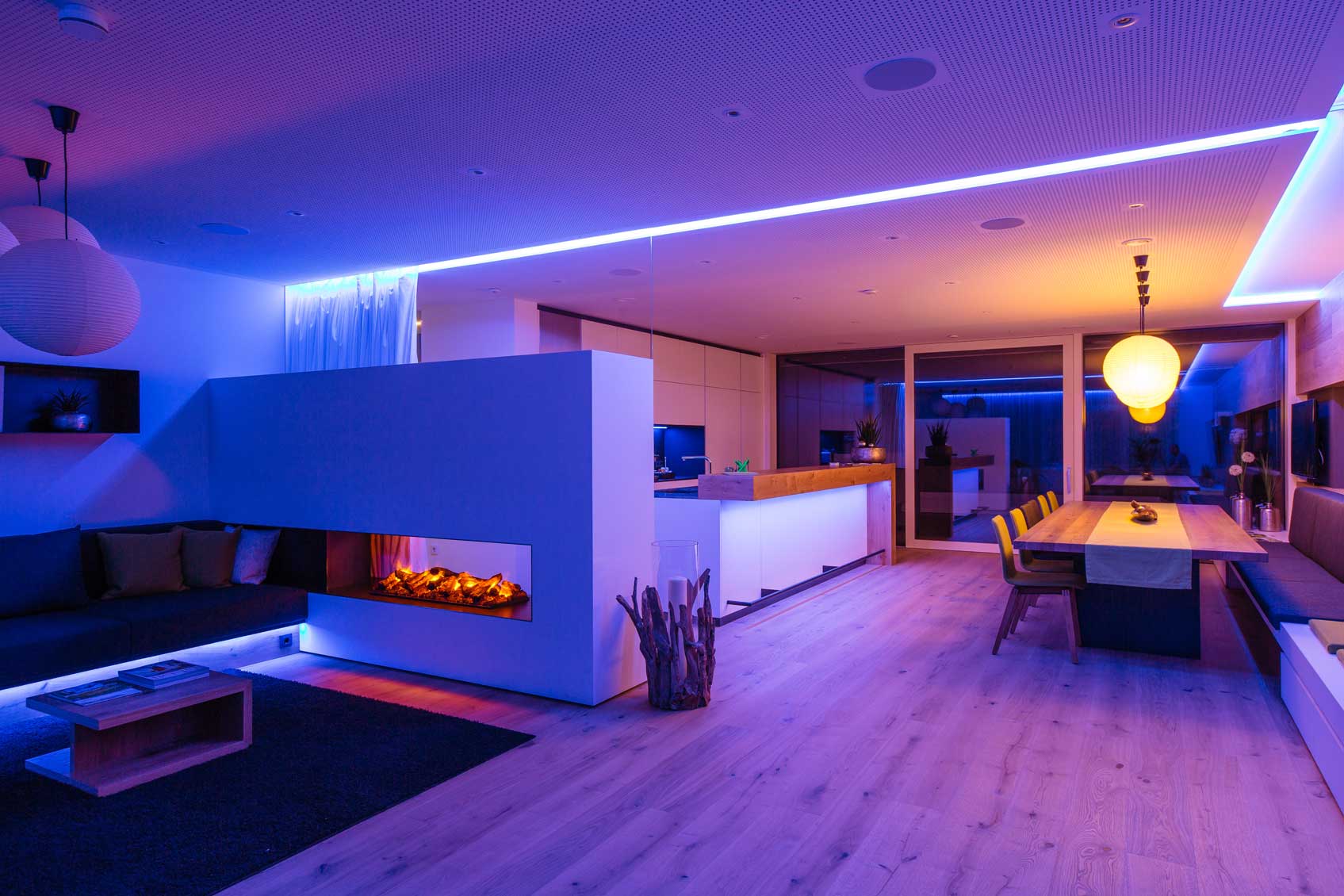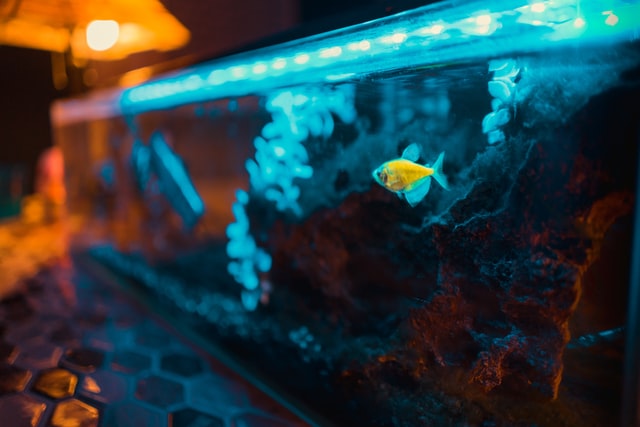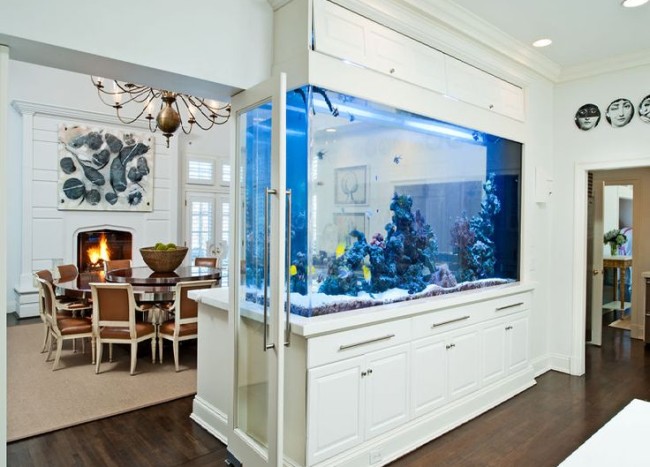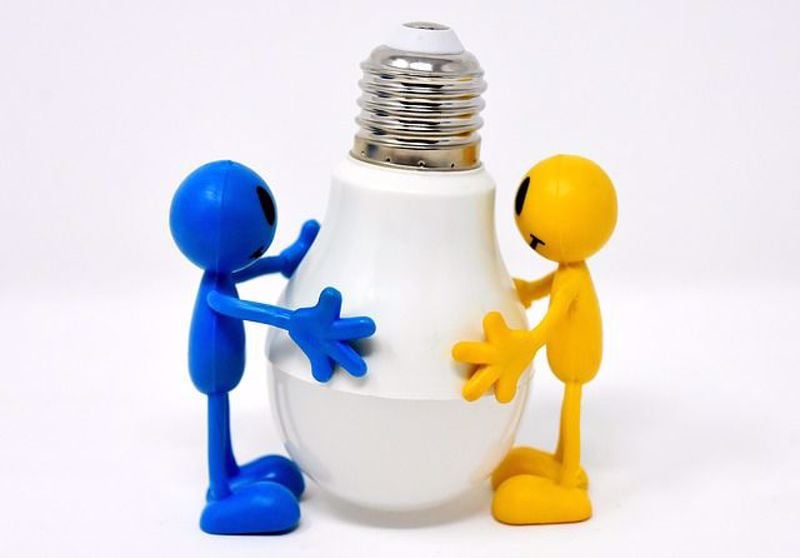Aquarium Lighting: Tips for Proper Aquarium Lighting
Proper lighting is essential for maintaining a healthy and thriving aquarium in your living room. However, too much light can be harmful to your fish and plants. Here are some tips to help you achieve the perfect balance of light in your aquarium.
How to Reduce Aquarium Lighting for Your Fish
Excessive lighting can cause stress and harm to your fish, leading to a weakened immune system and potential health issues. To reduce the amount of light in your aquarium, you can use a dimmer switch or lower wattage bulbs. This will not only create a more natural environment for your fish but also save on electricity costs.
Aquarium Lighting: How Much is Too Much?
The amount of light your aquarium needs depends on the size and type of tank, as well as the type of fish and plants you have. Generally, it is recommended to have 8-10 hours of light per day for freshwater tanks and 10-12 hours for saltwater tanks. Anything more than this can be considered too much and may cause algae growth and harm to your fish and plants.
Choosing the Right Aquarium Lighting for Your Living Room
When selecting lighting for your living room aquarium, consider the type of fish and plants you have, as well as the size and shape of your tank. LED lights are a popular choice as they are energy-efficient and can be adjusted for different levels of brightness. It's important to also choose lights that provide a full spectrum of light for the health and growth of your aquatic plants.
How to Dim Aquarium Lights for a More Natural Environment
One way to create a more natural environment for your fish is to mimic their natural habitat. This includes adjusting the lighting to simulate day and night cycles. You can use a timer to automatically dim or turn off your aquarium lights at certain times, creating a more natural and comfortable environment for your fish.
The Importance of Proper Aquarium Lighting in Your Living Room
Proper lighting is crucial for the health and well-being of your fish and plants. In addition to providing light for photosynthesis, it also helps regulate their internal clocks and behavior. Without proper lighting, your fish may become stressed and unhealthy, leading to a decrease in overall aquarium health.
How to Adjust Aquarium Lighting for Different Times of Day
As mentioned before, it's important to mimic day and night cycles in your aquarium. This means adjusting the lighting throughout the day. In the morning, you can gradually increase the brightness to simulate sunrise. Midday should be the brightest point, and then you can gradually decrease the brightness in the evening to simulate sunset. At night, your aquarium lights should be dim or off to simulate darkness.
Creating a Relaxing Atmosphere with Aquarium Lighting in Your Living Room
Your living room is a place to relax and unwind, and your aquarium can play a big part in creating a calming atmosphere. Choose lighting that is not too bright or harsh, as this can be jarring and overwhelming. Soft, warm lighting can create a more serene and peaceful environment for both you and your fish.
The Effects of Bright Aquarium Lighting on Fish and Plants
Bright lighting can have negative effects on both fish and plants in your aquarium. For fish, it can cause stress, harm their immune system, and even lead to death. For plants, too much light can cause algae growth and damage to their leaves. It's important to find a balance between providing enough light for photosynthesis and not overwhelming your aquatic inhabitants.
Finding the Balance: Brightness and Comfort in Your Living Room Aquarium
In the end, finding the perfect balance of light in your living room aquarium may take some trial and error. It's important to consider the needs of your fish and plants, as well as your own personal preference. By following these tips, you can create a beautiful and healthy aquarium that adds to the overall ambiance of your living room.
The Negative Effects of Bright Aquarium Lighting on House Design

Creating a Harmonious Home Atmosphere
 When it comes to designing our homes, we often focus on furniture, paint colors, and decor. However, one crucial aspect that is often overlooked is lighting. Lighting plays a significant role in creating a harmonious atmosphere in our living spaces. It can set the mood and enhance the overall aesthetic of our homes. However, when it comes to aquariums, we need to be careful about the type and intensity of lighting we use.
Aquariums
can be a beautiful addition to any living room, providing a tranquil and mesmerizing view. However, if not properly
designed
, they can also be a source of disruption in the overall
house design
. The bright lights used in many aquariums can be too harsh and overpowering, disrupting the balance of the room and creating an unpleasant atmosphere.
When it comes to designing our homes, we often focus on furniture, paint colors, and decor. However, one crucial aspect that is often overlooked is lighting. Lighting plays a significant role in creating a harmonious atmosphere in our living spaces. It can set the mood and enhance the overall aesthetic of our homes. However, when it comes to aquariums, we need to be careful about the type and intensity of lighting we use.
Aquariums
can be a beautiful addition to any living room, providing a tranquil and mesmerizing view. However, if not properly
designed
, they can also be a source of disruption in the overall
house design
. The bright lights used in many aquariums can be too harsh and overpowering, disrupting the balance of the room and creating an unpleasant atmosphere.
The Negative Impact of Bright Aquarium Lighting
 Bright aquarium lighting can have several negative effects on the overall house design. Firstly, it can be too distracting and overpowering, drawing all attention to the tank and taking away from the rest of the room's design. This can be especially problematic in smaller living rooms, where the aquarium may be the focal point of the space.
Moreover, the bright lighting can also cause glare, making it difficult to enjoy the aquarium's beauty and disrupting the room's ambiance. It can also cast harsh shadows, making the room feel smaller and less inviting. These factors can make the room feel unbalanced and uncomfortable, affecting the overall mood and atmosphere of the space.
Bright aquarium lighting can have several negative effects on the overall house design. Firstly, it can be too distracting and overpowering, drawing all attention to the tank and taking away from the rest of the room's design. This can be especially problematic in smaller living rooms, where the aquarium may be the focal point of the space.
Moreover, the bright lighting can also cause glare, making it difficult to enjoy the aquarium's beauty and disrupting the room's ambiance. It can also cast harsh shadows, making the room feel smaller and less inviting. These factors can make the room feel unbalanced and uncomfortable, affecting the overall mood and atmosphere of the space.
The Solution: Soft Lighting for Aquariums
 To avoid these negative effects, it is essential to choose the right type of lighting for your aquarium. Soft, ambient lighting, such as LED lights or low wattage bulbs, can create a more natural and calming atmosphere. These types of lighting also help to reduce glare and shadows, making the room feel more open and inviting.
Another option to consider is using lighting control systems, which allow you to adjust the brightness of the aquarium lights. This way, you can have brighter lighting during the day and softer lighting in the evening, creating a more balanced and customizable atmosphere in your living room.
In conclusion, while aquariums can be a beautiful addition to any living room, it is crucial to consider the impact of their lighting on the overall house design. By opting for softer lighting options and using lighting controls, you can create a harmonious and inviting atmosphere in your home while still enjoying the beauty of your aquarium.
To avoid these negative effects, it is essential to choose the right type of lighting for your aquarium. Soft, ambient lighting, such as LED lights or low wattage bulbs, can create a more natural and calming atmosphere. These types of lighting also help to reduce glare and shadows, making the room feel more open and inviting.
Another option to consider is using lighting control systems, which allow you to adjust the brightness of the aquarium lights. This way, you can have brighter lighting during the day and softer lighting in the evening, creating a more balanced and customizable atmosphere in your living room.
In conclusion, while aquariums can be a beautiful addition to any living room, it is crucial to consider the impact of their lighting on the overall house design. By opting for softer lighting options and using lighting controls, you can create a harmonious and inviting atmosphere in your home while still enjoying the beauty of your aquarium.
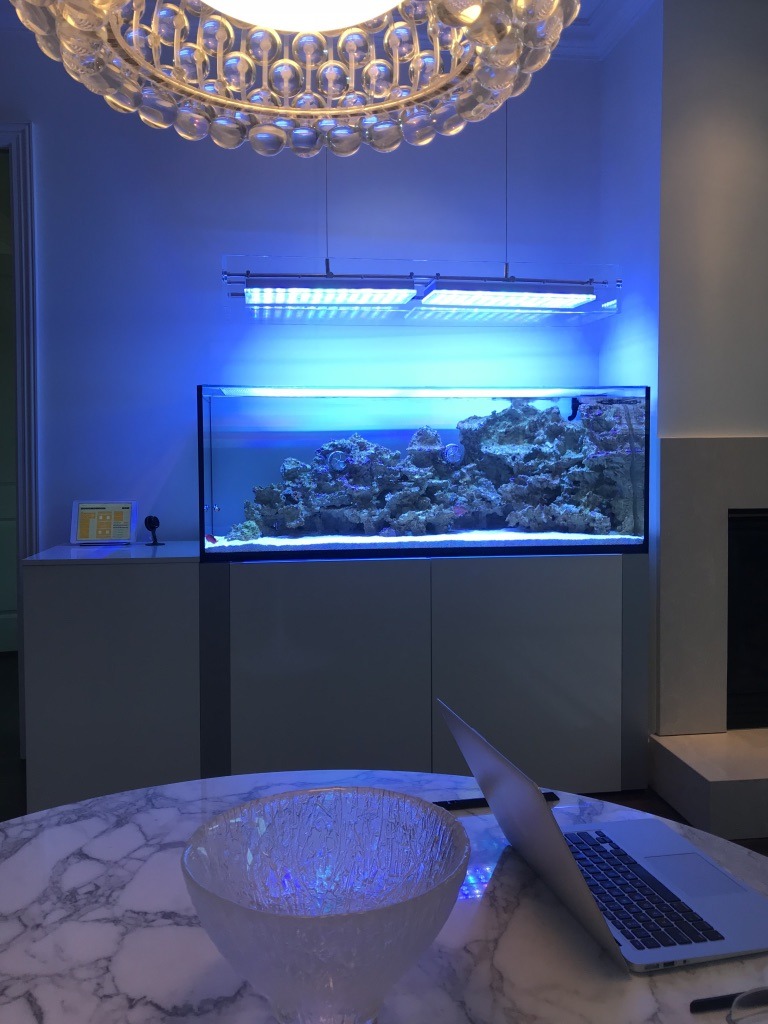

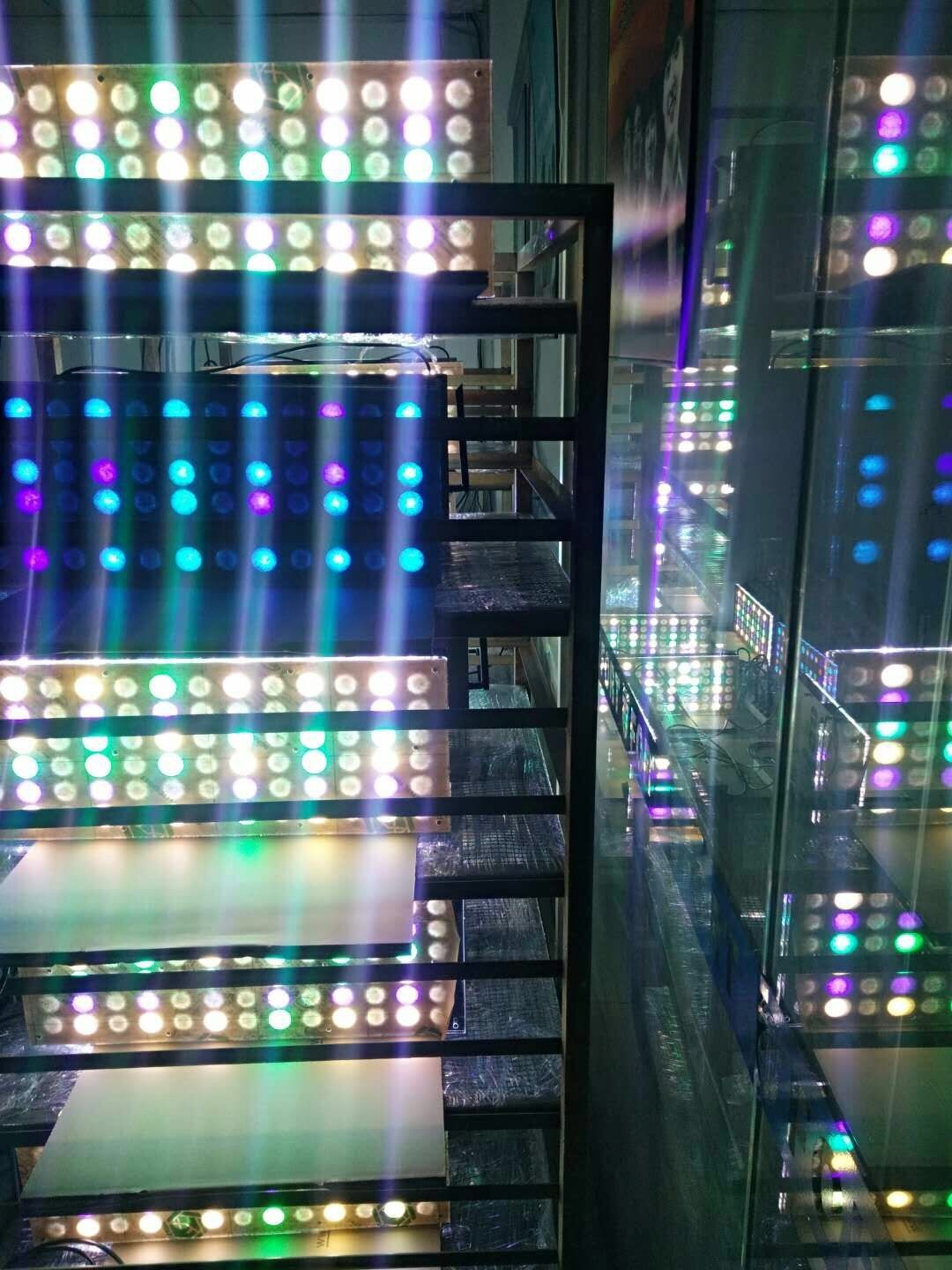


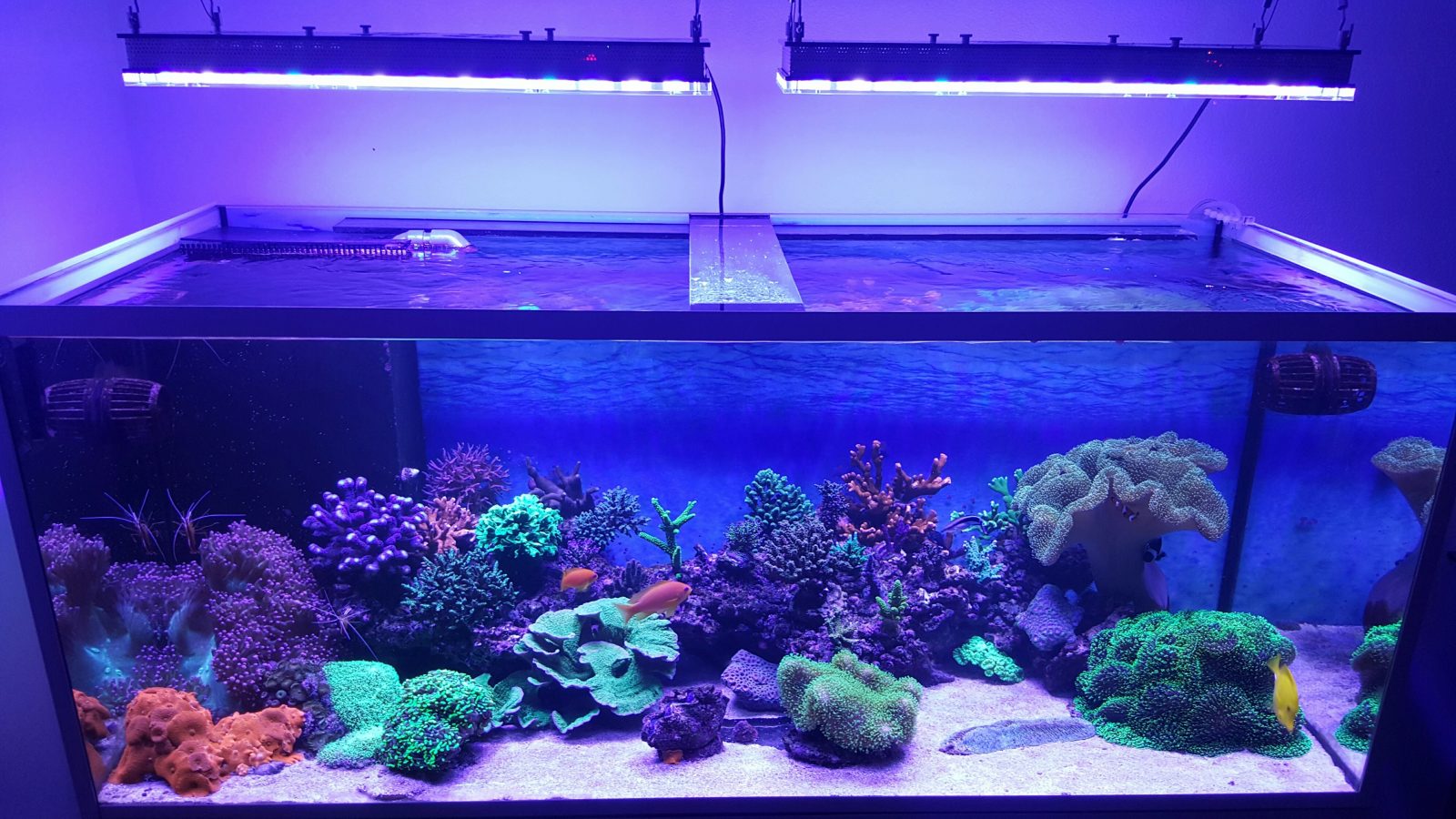
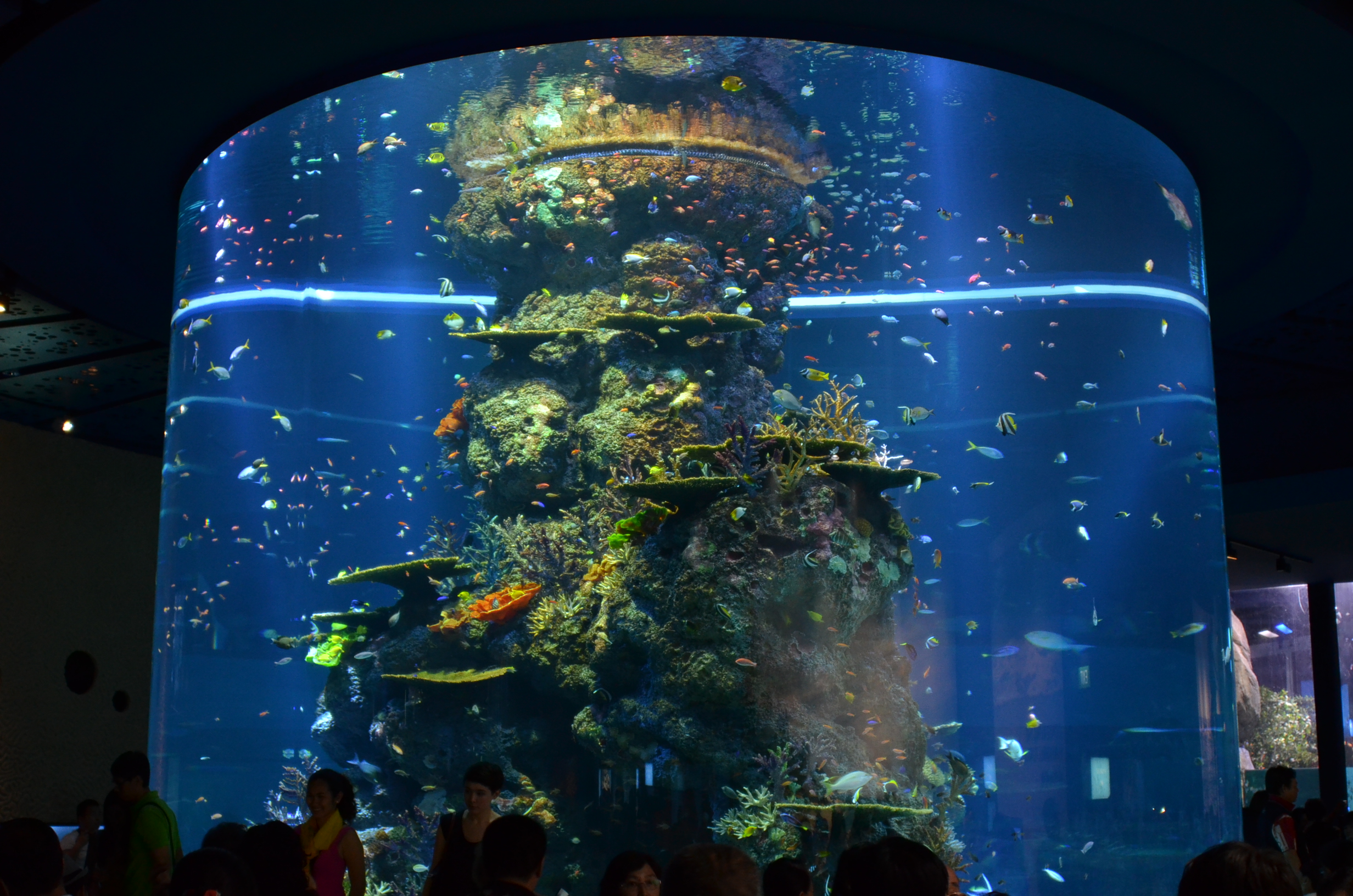
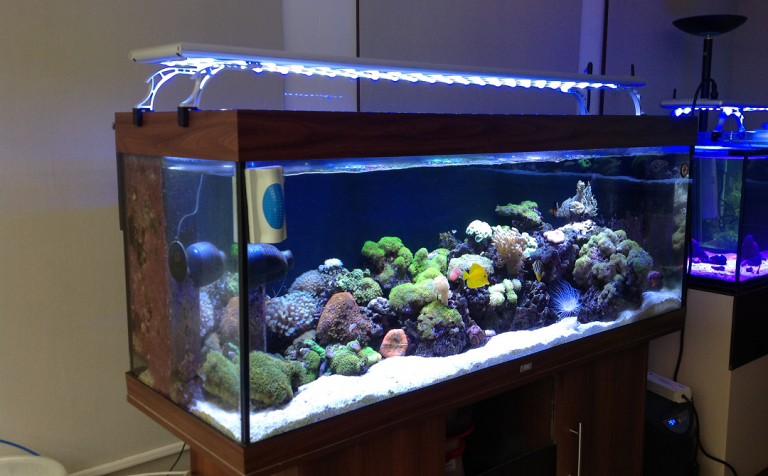

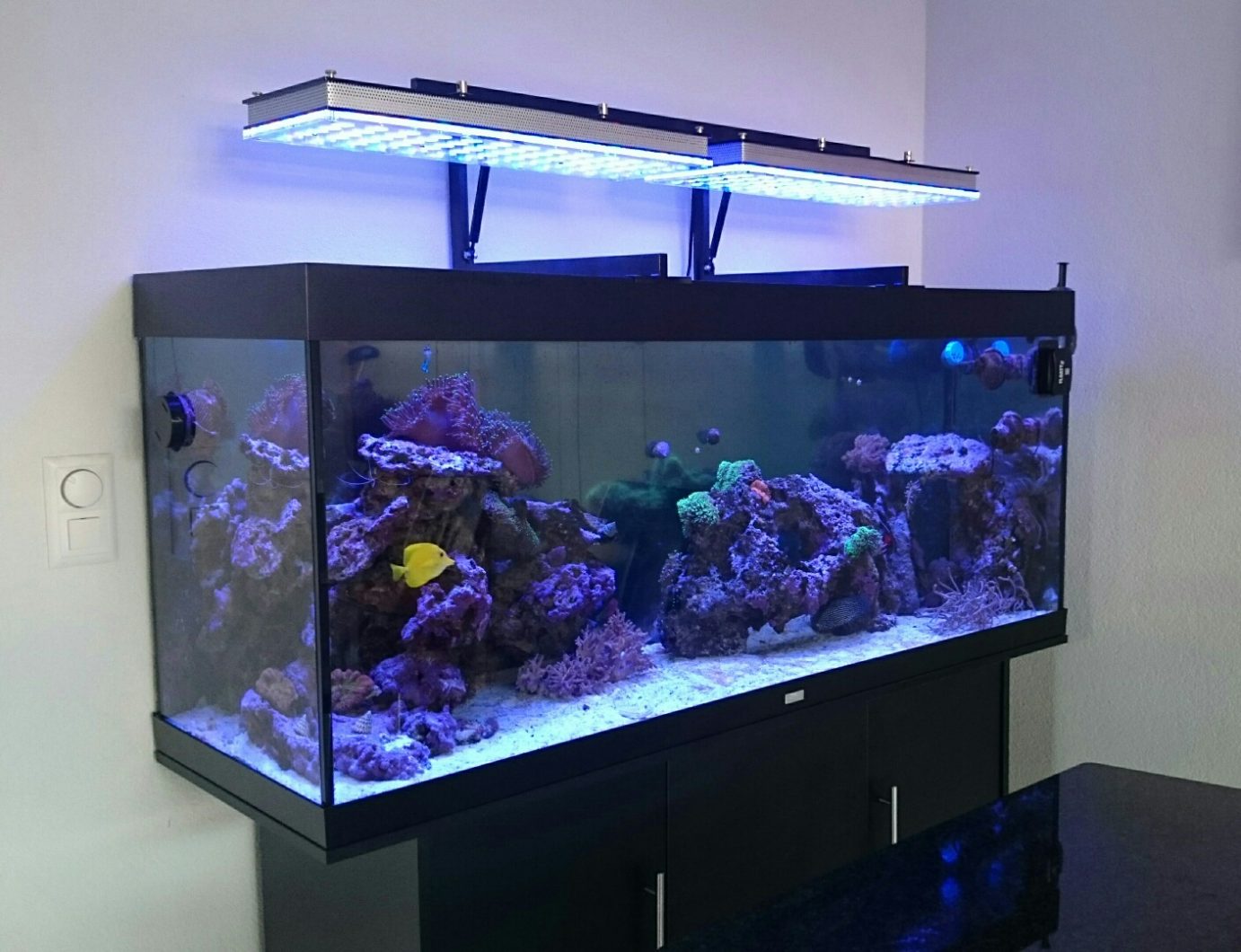
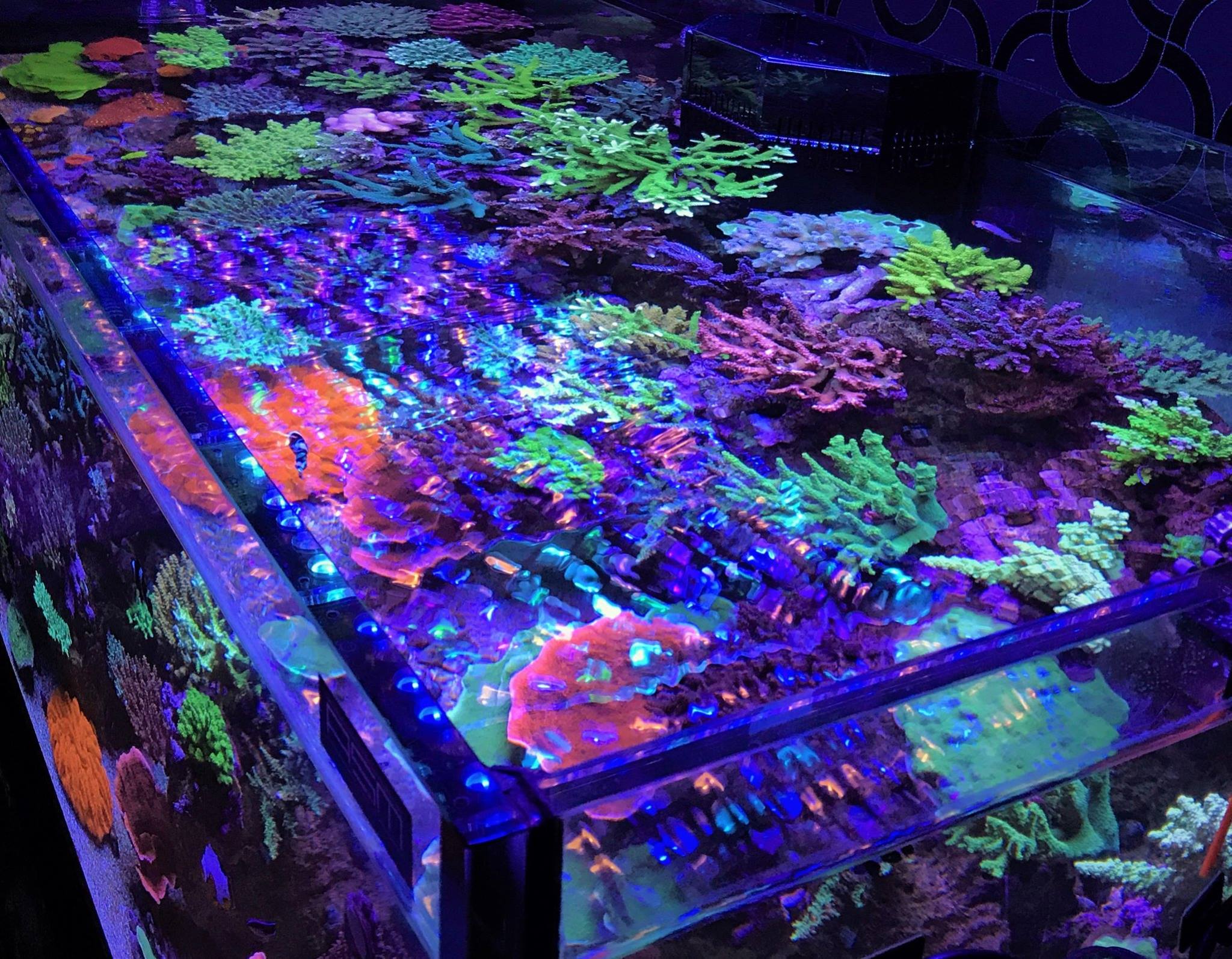






















:max_bytes(150000):strip_icc()/living-room-area-rugs-1977221-e10e92b074244eb38400fecb3a77516c.png)



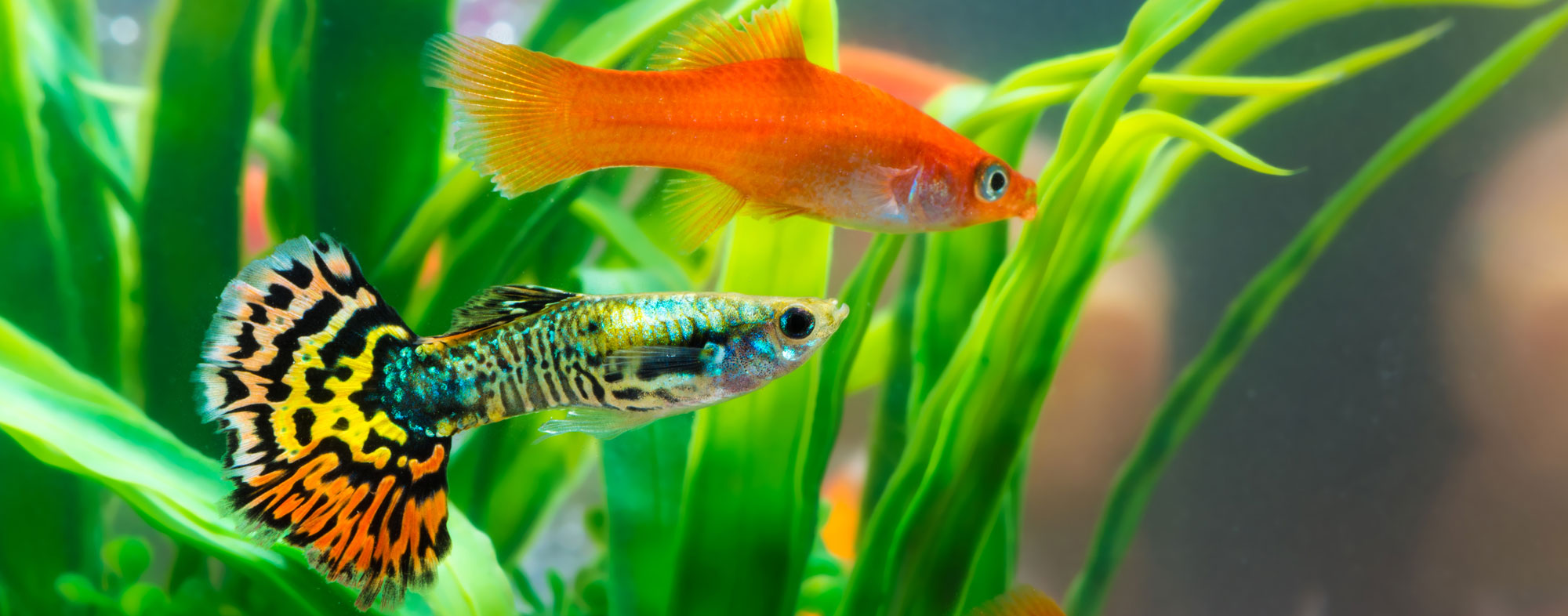
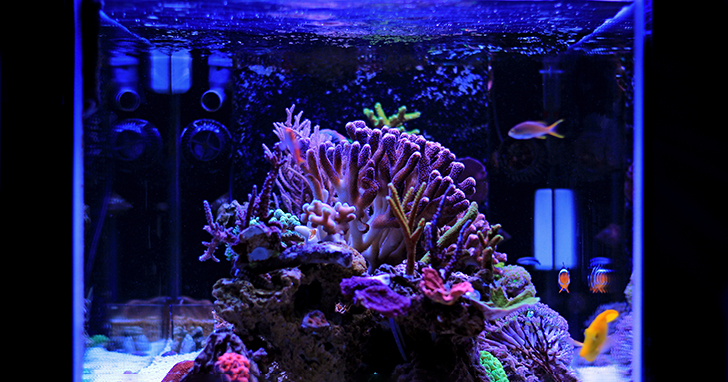
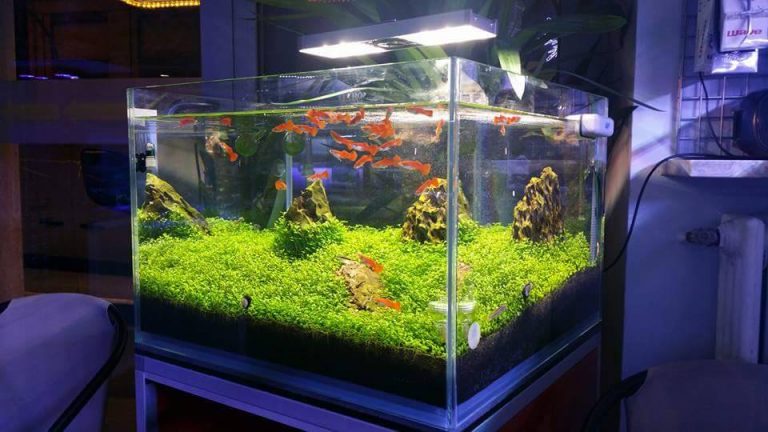



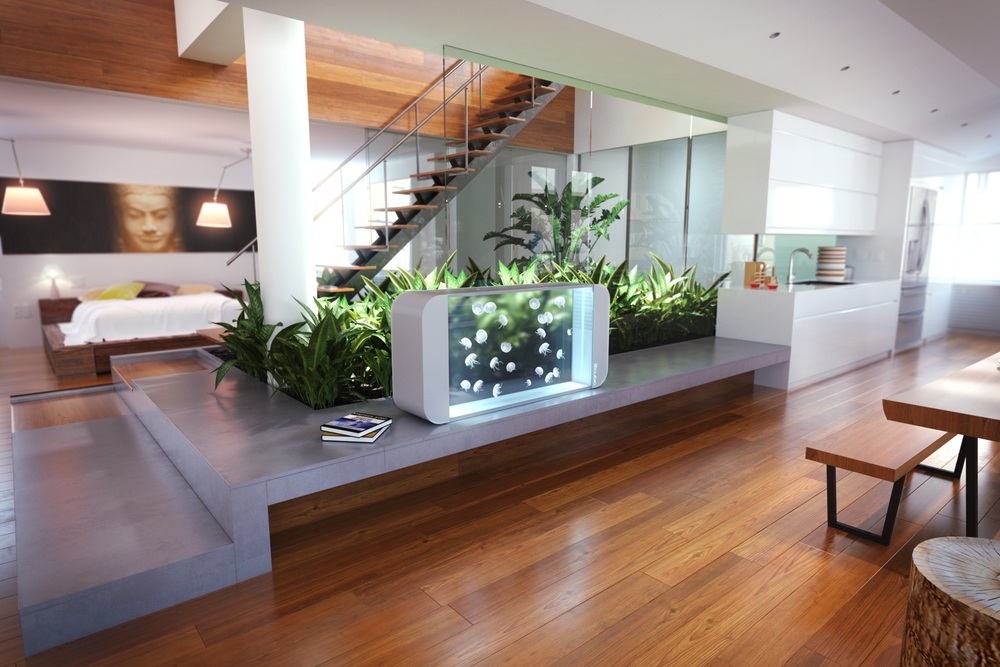



















:max_bytes(150000):strip_icc()/how-long-should-aquarium-lights-be-left-on-1380774_Final-5bc769e34cedfd0051b820a2.png)



